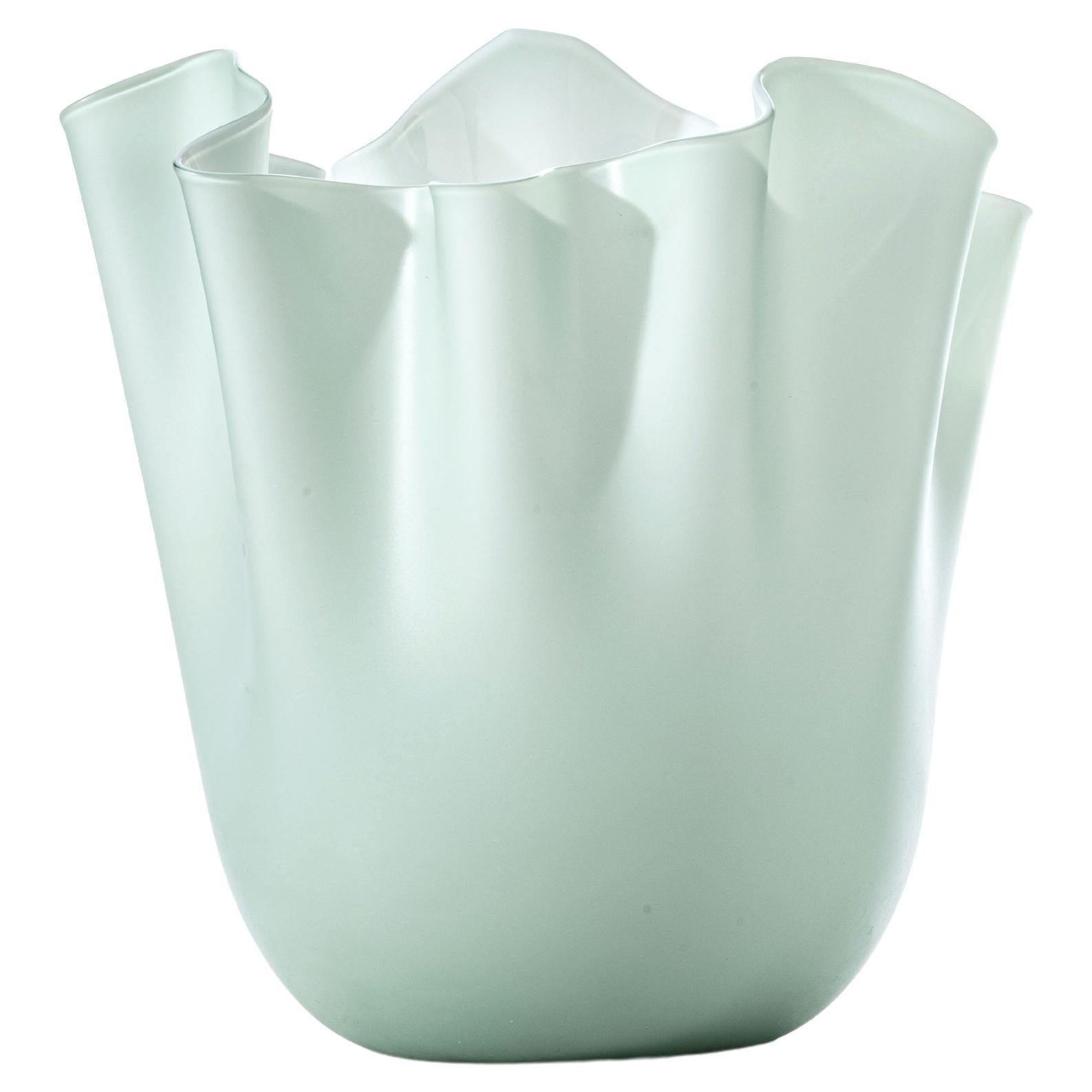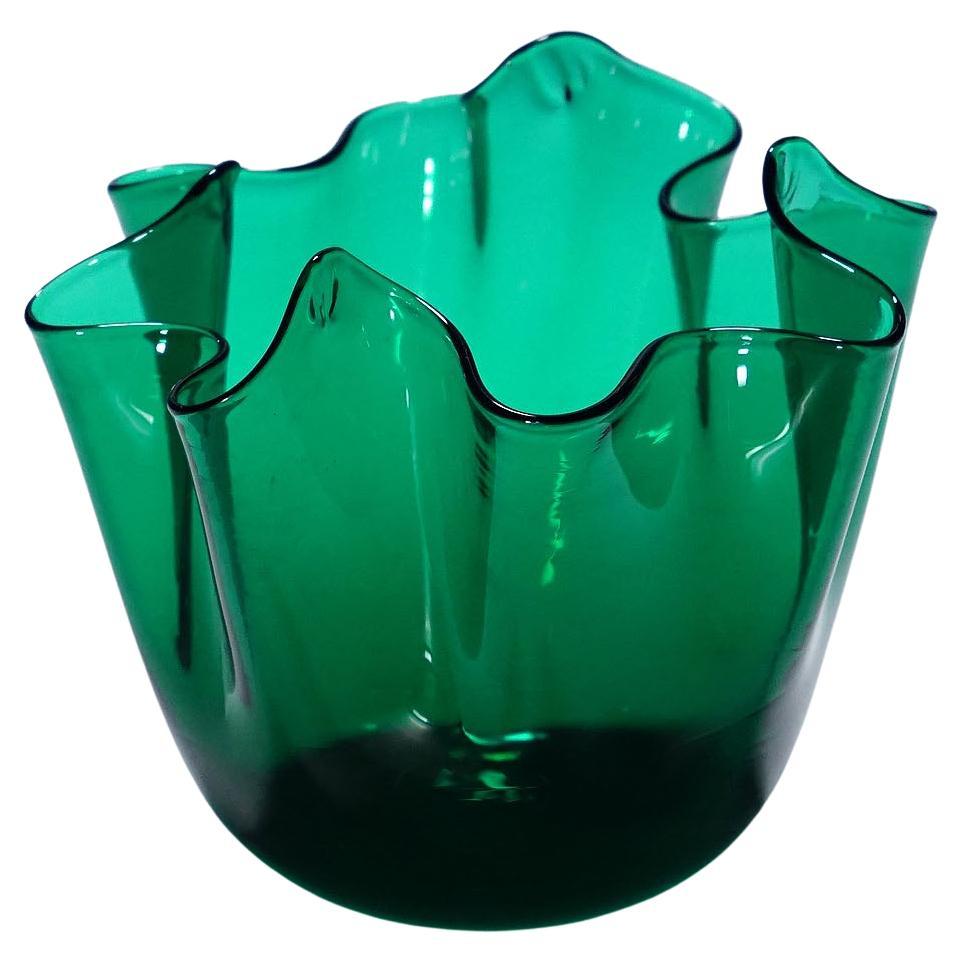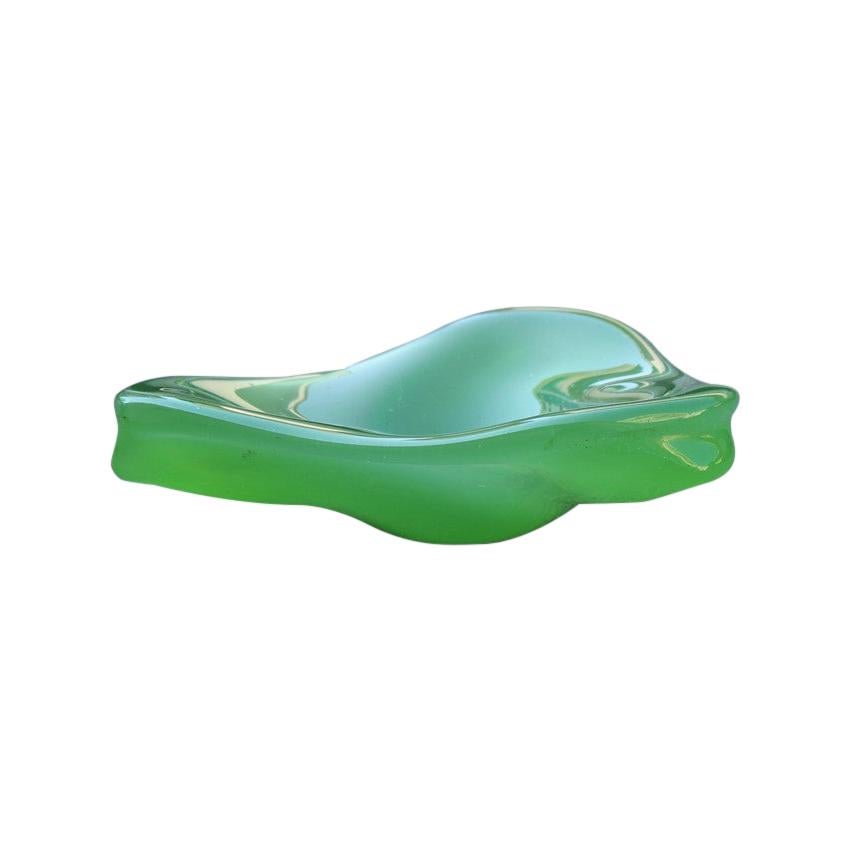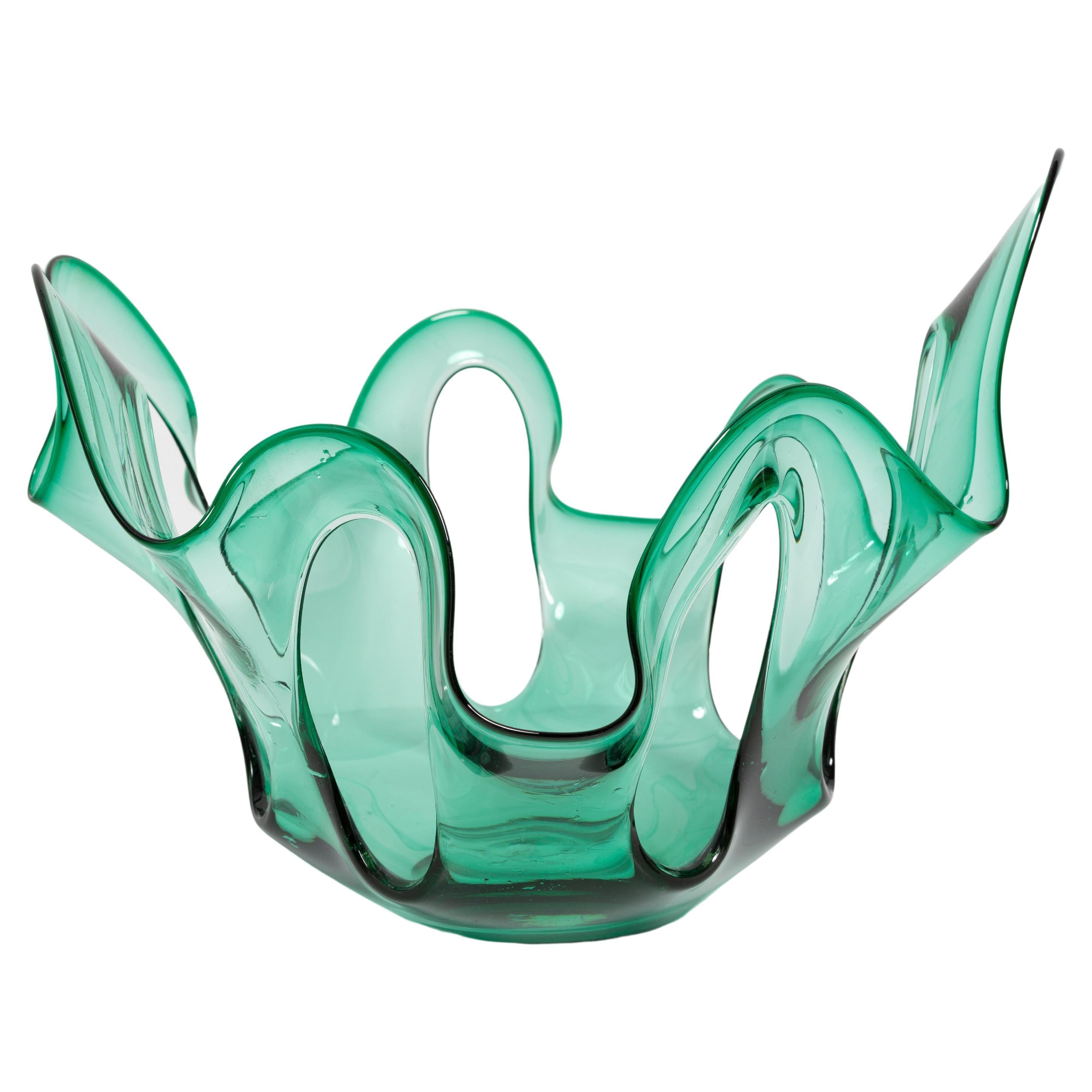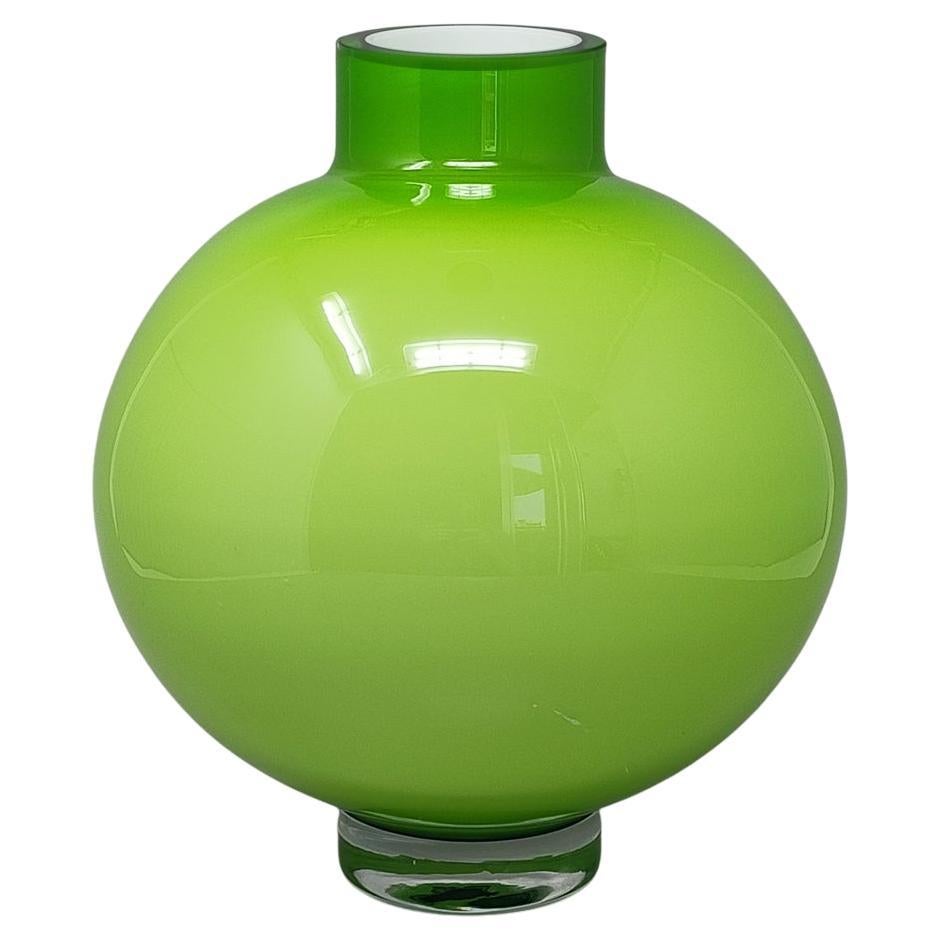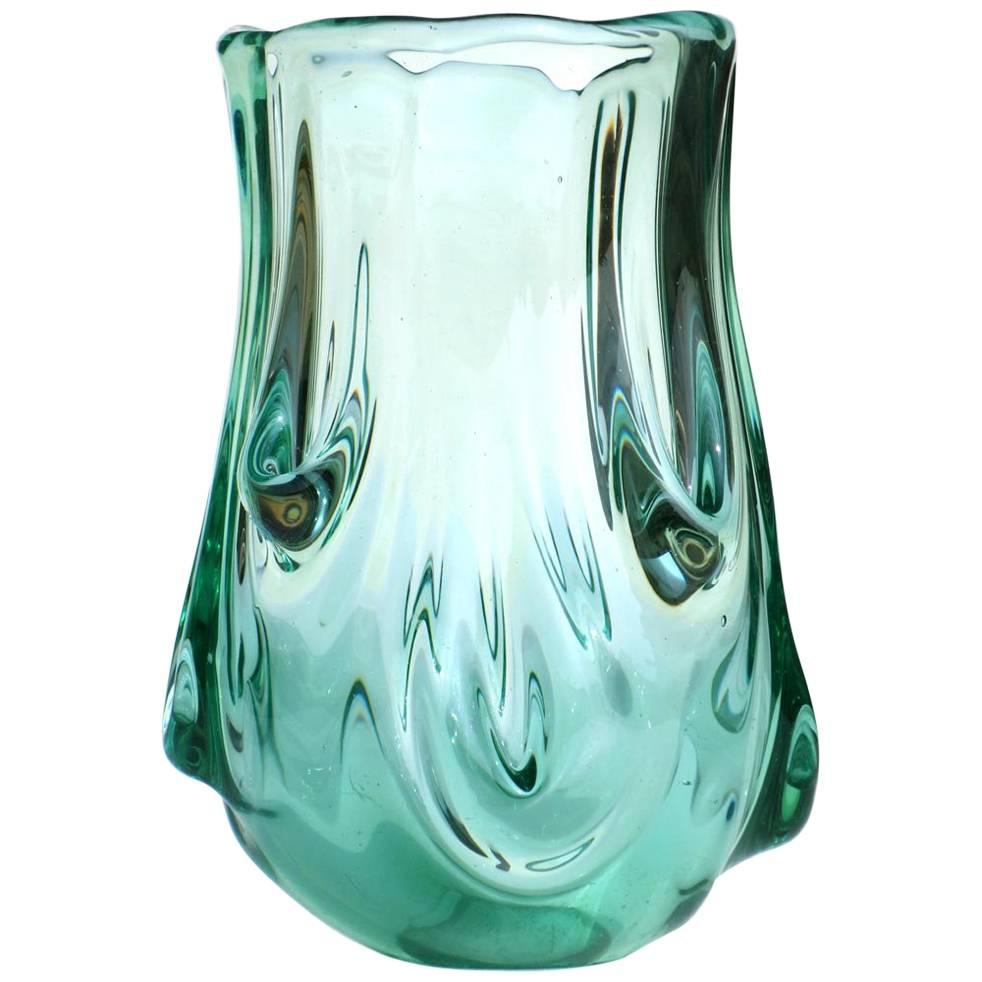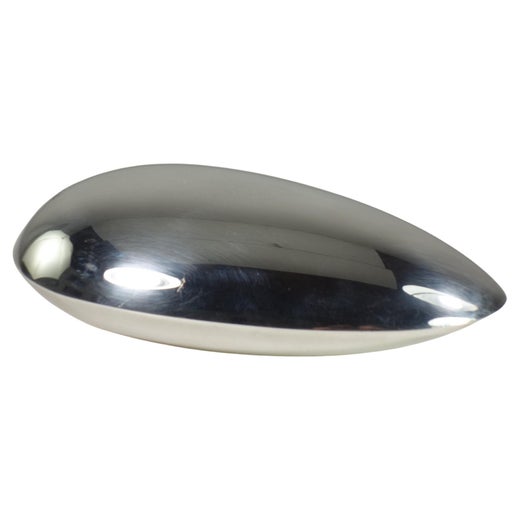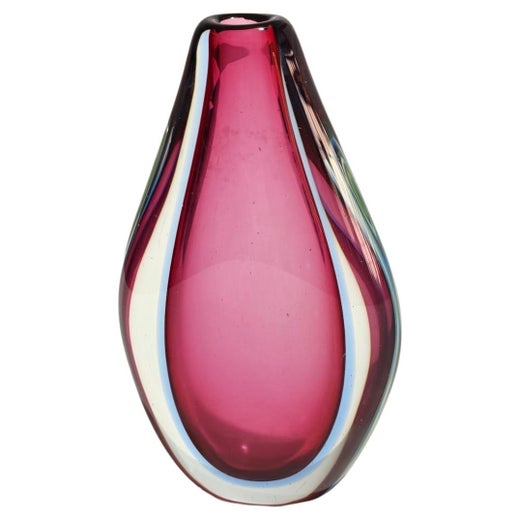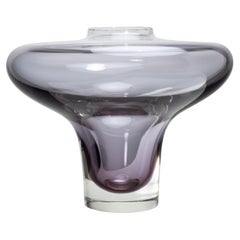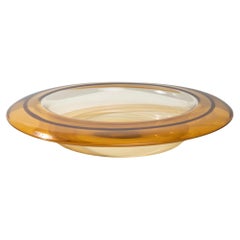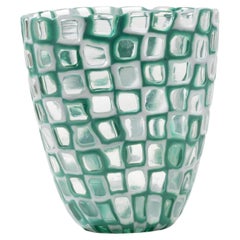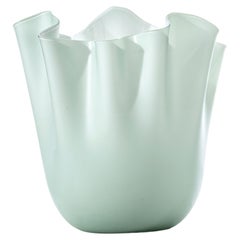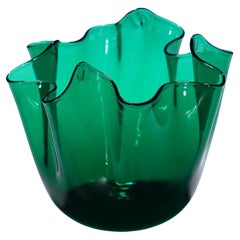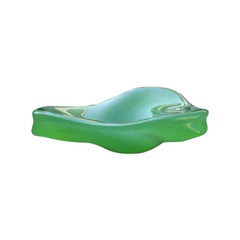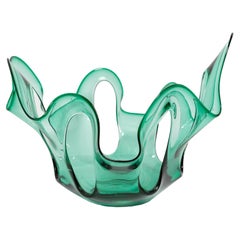Espansione Libero Verde, Lino Sabattini
About the Item
- Creator:Lino Sabattini (Designer, Manufacturer),Seguso Vetri d'Arte (Manufacturer)
- Dimensions:Height: 6.7 in (17 cm)Width: 14.77 in (37.5 cm)Depth: 10.24 in (26 cm)
- Style:Mid-Century Modern (Of the Period)
- Materials and Techniques:
- Place of Origin:
- Period:
- Date of Manufacture:circa 1973
- Condition:Additions or alterations made to the original: the silvered plating recently restored. Wear consistent with age and use. In very good condition, the silvered plating recently restored. Signed “SABATTINI MADE IN ITALY” with embossed Sabattini logo.
- Seller Location:Uccle, BE
- Reference Number:Seller: C09_521stDibs: LU2994320829012
Lino Sabattini
Lino Sabattini was the preeminent figure in modern Italian silver and metalware design. His expansive and diverse body of work is marked by its strength and boldness, whether in dynamic forms that suggest the thrust and power of Italian Futurist art and design or light and curvaceous biomorphic serveware and decorative objects.
Sabattini was largely self-taught as a designer. Born in the northern Italian town of Correggio, he learned metalsmithing techniques while working in the studio of a maker of brass tableware. He also served as an apprentice of sorts to the expatriate German ceramist Roland Hettner, who taught Sabattini about fluidity of form and showed him how shapes derive from the behavior of materials.
At age 30, Sabattini opened a studio in Milan, and his work quickly came to the attention of Gio Ponti, who decided to publish it in Domus, the Italian design legend's influential design and architecture magazine. Ponti also arranged for Sabattini’s creations to be included in a 1956 exhibition of contemporary Italian design in Paris. The principals of Christofle, the revered French silverware maker, were so impressed that they hired the young designer as the firm’s artistic director, a post he held until 1963. Sabattini, who would also go on to design ceramic wares for Rosenthal, returned home to open Argenteria Sabattini in Bregnano, a company still in business today.
A designer with a questing curiosity and ever-evolving aesthetic sensibility, Sabattini couldn’t be pinned down to one particular style. His best-known work, the Como coffee and tea service of 1956, has an elegant, attenuated and energetic form; his Stairs coffee and tea service (1971), meanwhile, is a clever group of simple columnar shapes in stepped heights, which nest together in a compact arrangement. Other Sabattini pieces have dramatic angles, or sweeping, wing-like flourishes, or consist of perforated ovoids somehow reminiscent of sculptures by Brancusi. In any style, Sabattini produced objects of singular fascination.
Find a range of vintage Lino Sabattini vases and other decorative objects on 1stDibs.
Seguso Vetri d'Arte
Members of the Seguso family have been leading figures in the manufacture of glass on the Venetian island of Murano since the late 1300s, but for most collectors of vintage design the name evokes two companies formed in the first half of the 20th century. Seguso Vetri d’Arte, born from a small consortium of master glass artisans that included Archimede Seguso (1909–99), thrived under the artistic directorship of Flavio Poli (1900–84), a designer with an eye for modern forms, color and pattern. Vetreria Archimede Seguso, meanwhile, was founded in 1946, when Seguso opened his own atelier in order to employ classical techniques in the making of modern glassware.
The owners of Seguso Vetri d’Arte were justly proud of their skills as craftsmen, but they were not worldly aesthetes — and they knew it. Poli had studied at the Art Institute of Venice, originally working in ceramics before switching mediums and taking up the art of glass. He introduced new simple forms to the genre — the best known of his designs being the Valva, which resembles a clamshell in profile — and employed several novel techniques such as corroso, which gives glass a rough, emery-board-like finish. Poli’s most collectible works are his sommerso pieces, made with a layering process in which clear and colored-glass vessels are “submerged” within one another, producing a kind of nesting-doll effect in striking, elegant vases with bands of separate and overlapped hues.
At his eponymous workshop, Archimede Seguso often favored highly decorative, age-old techniques employed with modern restraint. His layered-glass Losanghe vessels have the look of an abstract checkerboard while his free-form Merletto vases have delicate, lacy patterns created by painstakingly twisting two heated glass straws to create helixes around the walls of the piece.
Though different in their scope and mission, both of these furnaces bearing the Seguso name created some of the most beautiful, alluring and exquisitely crafted works in all of modern design.
- ShippingRetrieving quote...Shipping from: Leuze-en-Hainaut, Belgium
- Return Policy
More From This Seller
View AllMid-20th Century Italian Mid-Century Modern Vases
Blown Glass
Mid-20th Century Italian Mid-Century Modern Vases
Art Glass, Blown Glass
Mid-20th Century Italian Mid-Century Modern Vases
Glass, Art Glass, Blown Glass
Mid-20th Century French Mid-Century Modern Vases
Art Glass, Blown Glass
Mid-20th Century Italian Mid-Century Modern Vases
Blown Glass
Vintage 1960s Italian Mid-Century Modern Vases
Art Glass
You May Also Like
20th Century Italian Modern Vases
Glass
Vintage 1950s Italian Mid-Century Modern Vases
Art Glass
Vintage 1960s Italian Mid-Century Modern Decorative Bowls
Murano Glass
Mid-20th Century Italian Mid-Century Modern Ceramics
Glass
Vintage 1970s Italian Mid-Century Modern Vases
Murano Glass
Vintage 1930s Italian Mid-Century Modern Glass
Murano Glass
